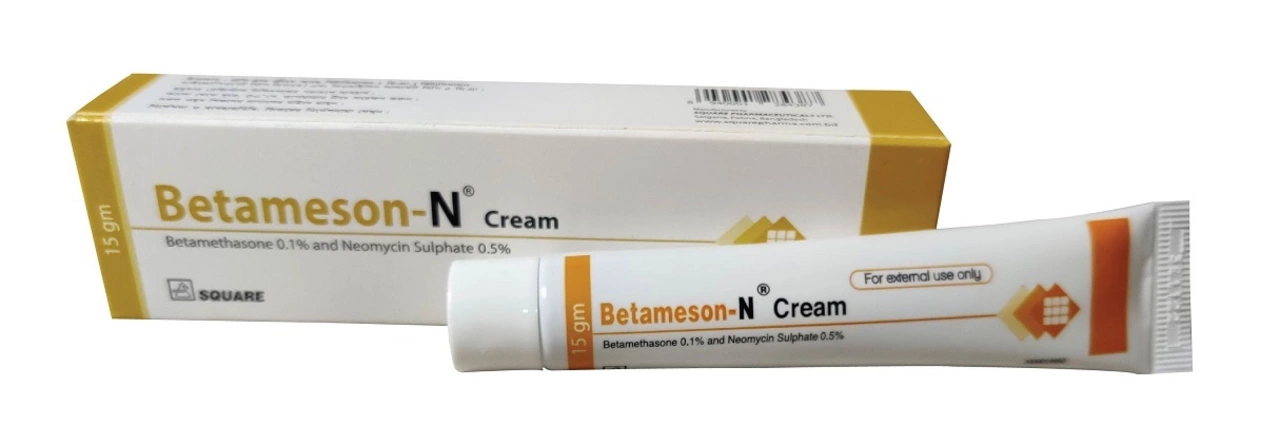Betamethasone: Uses, Forms, Safety Tips
Betamethasone is a strong steroid used to calm inflammation. You’ll see it in creams, ointments, shampoos, oral pills, and injections. Doctors prescribe it for skin rashes, severe eczema, psoriasis, allergic reactions, and some joint or systemic conditions. Knowing how it works and what to watch for helps you use it safely.
Topical betamethasone creams act fast on red, itchy skin. Use a thin layer for the shortest time that works. Avoid the face, groin, and armpits unless your doctor tells you otherwise—skin there gets thinner faster. Don’t cover treated skin with tight dressings unless directed; occlusion increases absorption and side effects.
Common side effects and warning signs
Local effects include skin thinning, stretch marks, lightened or darkened patches, and easy bruising. If a treated area becomes more painful, develops pus, or won’t stop spreading, infection could be hiding under the steroid—stop use and call your provider. With long-term or large-area use, some steroid can enter the bloodstream and affect sleep, mood, blood sugar, or hormone balance.
Oral or injected betamethasone has stronger risks. These forms can suppress your adrenal glands if used for weeks or stopped suddenly. That’s why doctors taper doses when needed. If you’re on oral steroids and feel faint, weak, or dizzy after stopping, seek medical help—those can be signs of adrenal insufficiency.
Practical tips for safe use
Always follow the exact dose and duration your clinician gives. For topical use, clean and dry the area first and wash your hands after applying. Keep topical steroids out of children’s reach and avoid using powerful formulas on kids without specialist advice. Tell your provider about diabetes, infections, pregnancy, or breast feeding—these change how doctors prescribe steroids.
Thinking of buying betamethasone online? Choose licensed pharmacies that require a prescription and show clear contact info. Avoid sites that sell without asking for a prescription, offer suspiciously low prices, or hide where they ship from. If a product looks different, or the packaging is damaged, don’t use it and report it to the seller.
When to contact a doctor: if symptoms worsen after starting treatment, signs of infection appear, you get unexpected weight gain or persistent mood changes, or if a child accidentally swallows the medicine. Keep a list of all your meds to check for interactions—some drugs change steroid effects.
Examples: for mild eczema a doctor may prescribe topical betamethasone for a few days to two weeks to stop flare-ups, then switch to a lower-strength cream for maintenance. For severe psoriasis or allergic reactions, injections or oral steroids may be used short-term under close monitoring. If you need repeated courses, ask about steroid-sparing options like nonsteroidal creams, light therapy, or other medications that lower steroid use. Managing triggers and skin care reduces how often you need steroids.
Betamethasone works well when used right. Use it for the shortest effective time, follow safety tips, and check in with your prescriber if anything feels off. That keeps your skin or condition improving without unnecessary risks.
Stay safe.

The benefits of using betamethasone for skin conditions in children
As a parent, I've found that using betamethasone for my child's skin conditions has been a game-changer. This powerful corticosteroid cream has effectively reduced inflammation and itching, giving my little one much-needed relief. I noticed that their skin began to heal faster, and they were able to sleep better at night without constantly scratching. Another great thing about betamethasone is that it's available in different strengths, making it suitable for various skin conditions in children. Overall, I highly recommend giving betamethasone a try if your child is struggling with skin issues.
